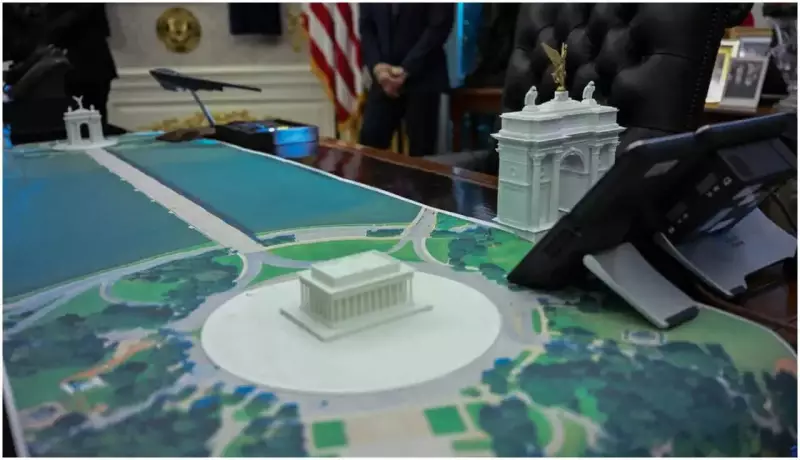
In a stunning administrative shakeup, former President Donald Trump has abruptly dismissed the entire US Fine Arts Commission, the prestigious board tasked with reviewing and approving all federal construction projects across the nation.
The sudden termination of the 60-year-old advisory committee comes amid ongoing scrutiny of various federal projects, including a particularly controversial ballroom renovation that had drawn significant public attention. The commission, formally known as the US Commission of Fine Arts, plays a crucial role in maintaining architectural standards for federal buildings and monuments in Washington DC and beyond.
What Was the Fine Arts Commission?
The now-dissolved board consisted of seven presidential appointees including architects, landscape architects, and other art professionals. Their primary responsibility was to provide design recommendations for buildings, parks, and memorials constructed by the federal government.
Key functions included:
- Reviewing designs for federal buildings and monuments
- Advising on public space development in Washington DC
- Ensuring architectural excellence in government projects
- Overseeing preservation of historic federal properties
The Ballroom Controversy
While specific details remain limited, sources indicate the commission was actively reviewing several high-profile projects, including a ballroom renovation that had become the subject of intense debate. The nature of the controversy surrounding this particular project hasn't been fully disclosed, but it's believed to involve significant design alterations and budget considerations.
"This represents a fundamental shift in how federal construction projects will be evaluated moving forward," noted a former commission member who spoke on condition of anonymity.
Implications for Federal Construction
The dissolution of this long-standing architectural oversight body raises important questions about the future of federal construction standards. Without the commission's expert review, critics worry that projects may proceed without adequate consideration of design quality, historical context, and architectural integrity.
The move continues a pattern of Trump challenging established government institutions and processes, particularly those he perceives as obstacles to his administrative priorities. The timing suggests this may be part of broader efforts to streamline federal approval processes, though at potential cost to design oversight.
As the dust settles on this dramatic decision, the architecture and preservation communities are left wondering what new mechanisms, if any, will replace the commission's vital role in maintaining America's architectural heritage.





